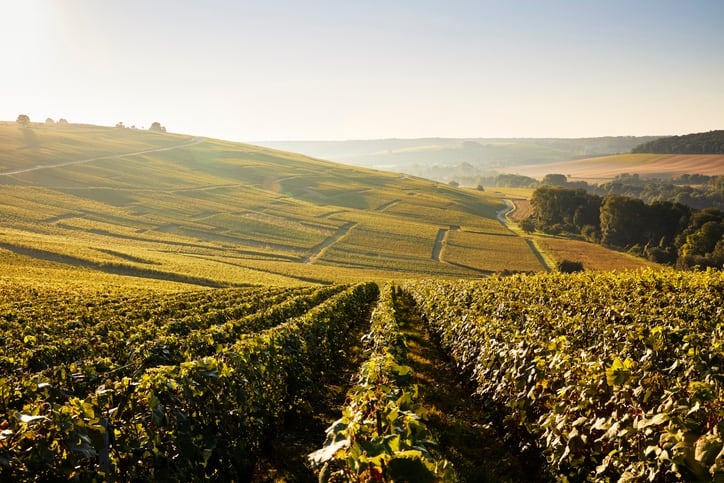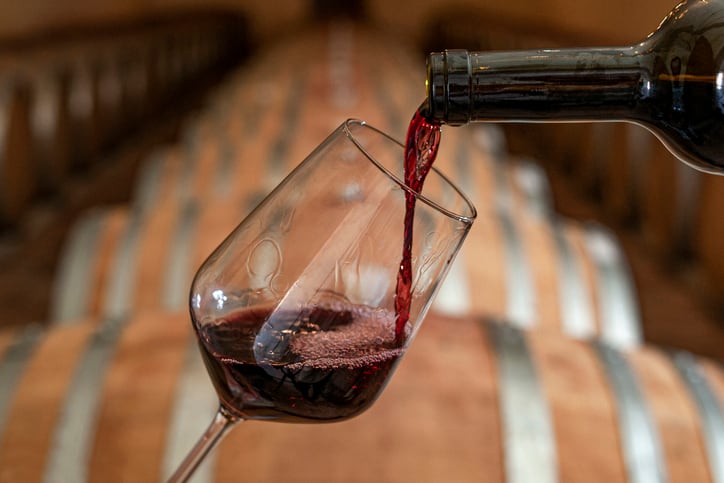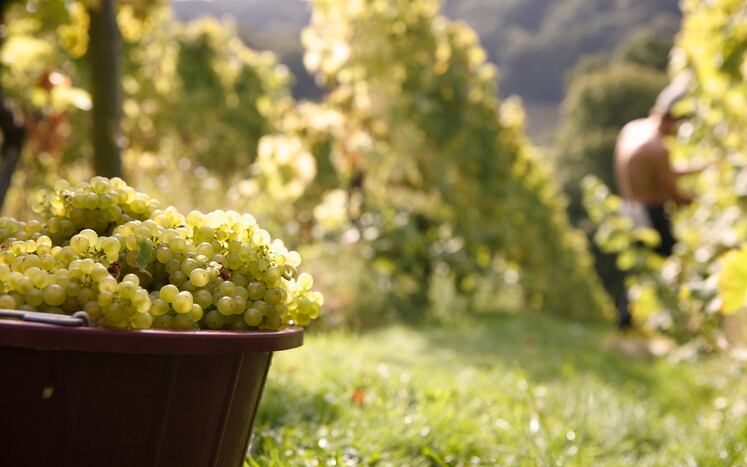Researchers from the University of British Colombia analysed data from winegrowing areas in five continents, looking at more than 500 varieties of wine.
By examining average temperatures, extreme heat, seasonal timing and winter temperatures, they have been able to piece together a comprehensive picture of how climate change is reshaping viticulture.
What they’ve found is that climate change impacts have been highly uneven across the world’s winegrowing regions.
European vulnerabilities
Parts of the European continent have heated up by as much as 2.5°C since 1980: which affects harvest times, grape ripening and the taste of wine.
Parts of eastern and western Europe are now experiencing up to one more extreme day (above 35 degrees) per growing season than a few decades ago.
That might not sound a lot: but it’s a big change for vines that are already near their heat limit. Small changes in temperature can lead to heat stress, water shortages and a higher risk of wildfire.
Such changes could reshape the entire European wine industry, the researchers warn: suggesting ‘a new world of European winegrowing that has few parallels to the European winegrowing of 40-50 years before.’
“Europe’s northern latitudinal location (which is higher than most other northern hemisphere winegrowing regions) positions it for more extreme warming overall as northern latitudes warm the most, with increases in summer heat potentially driven by shifts in atmosphere-ocean circulation patterns and reduced anthropogenic aerosol emissions,” note the researchers.
Other regions, such as South America, show similar increases to Europe in mean temperatures but not in extreme heat.
“Our analyses highlight that Europe has experienced the most severe shift in summer heat—with GDD [growing degree days], days above 35 °C, and maximum temperatures most years now far outside of what was experienced before significant warming.
“Impacts of this new, hotter climate include lower grape yields, heat damage to berries and vegetation, and an industry that is rapidly working to adapt.”
Similarly, a 2024 study looked specifically at the differences within Europe’s wine regions.
It assessed 1,085 wine geographical indicators across Europe: finding that wine regions in Southern Europe are among the most vulnerable, with high levels also found in Eastern Europe.
And geographical indicators – usually prized as a key part of European heritage and a selling point both at home and abroad – could be part of the problem.
“Vulnerability is influenced by the rigidity of the GI system, which restricts grape variety diversity and thus contributes to an increased sensitivity to climate change,” noted the authors.
What can be done?
Many winemakers are already working hard to mitigate the effects of climate change. That includes methods such as drought-resistant rootstocks and introducing different grape varieties. It can also mean shifting pruning and harvest times.
This isn’t, however, always the answer in Europe: especially in regions that are defined, in part, by the grape variety.
Technology can also help growers. Soil sensors, weather stations and satellite imagery can provide real-time data. That, in turn, allows winemakers to make better decisions about watering, harvesting and crop protection.
Building a climate-resilient wine sector will also require rethinking the GI system by allowing more innovation to join tradition to compensate for the challenges posed by climate change.
However, there is only so much tech and innovation can do, and wine drinkers the world over can expect their drink to start to change.



